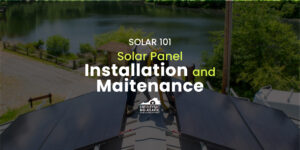Mounting Systems for Solar Panels
Mounting Systems for Solar Panels
Anyone who has tried to put up Christmas lights, hang a picture on their wall, or install a new curtain rod knows that mounting something correctly can be difficult. You have to make sure it is secure, correctly positioned, and able to stand the test of time, all while learning to use the specific tools it requires.
Solar panels have even more details to be considered. They need to be mounted so that they are facing a certain direction, angled correctly, not harming the roof, not shaded, secure through all types of environmental conditions, and achieving peak production. Solar installers have to accommodate all of these details when mounting a solar system.
A mounting system refers to the various components that work together to make sure a solar energy system is secured and ready to begin producing power. There are two ways to mount a solar system: roof mounts and ground mounts.
Roof Mounts
Roof mounts are placed on a structure’s most efficient roof surface. This is determined by the size of the roof surface, the slope of the roof, the direction the roof surface is facing, and the amount of shading the roof experiences throughout the day. The most ideal surface is a large roof space with little to no shading that faces south. East/west facing roofs can also accommodate solar, thought they are less efficient. More panels will likely be needed to produce an equivalent amount of power as a south facing roof. North facing roofs are not ideal for solar, as they receive the least amount of sun exposure throughout the day.
One downside of roof mounts is that if you need to replace your roof after installing solar, you will have to remove your solar energy system, replace your roof, then remount your solar system. Because of this, many homeowners choose to get solar while their roof is relatively new, or choose to replace their roof at the same time that they install solar. Solar panels can actually extend roof life by protecting the roof from damaging sun exposure and environmental conditions. If you do need to remove or remount your panels for any reason, Earth Right Mid-Atlantic offers panel removal services and can assist you in this process.
Ground Mounts
Ground mounts are an excellent option for homeowners whose roofs are not suited for solar. If your roof experiences large amounts of shade, does not have a large, flat area that could fit the solar panels, or is otherwise not suitable for a solar energy system, you can mount the panels on the ground of your property instead. Installers will mount the system on your property with the panels angled to where they will receive the most sunlight. They will connect the panels back to your home’s power meter so that your house can consume their energy.
The option of a ground mount opens up solar to homeowners who would not be able to accommodate a roof mounted solar system. It is also a good option for homeowners who may not prefer the look of solar on their house, though solar is becoming an increasingly popular sight on many home’s roofs. However, they do require a large amount of space. Your installer will work with you to make sure all clearance requirements can be met
Choosing Your Mounting System
Regardless of where you choose to mount your solar panels, installers will use special tools to make sure that panels are mounted correctly and efficiently, ensuring peak production. Mounts, rails, brackets, and other specialized equipment and tools work together to hold your solar panels in place. They also position and angle the panels correctly, ensuring that they are able to produce energy to their full capability.
Going solar gives you the freedom to make a lot of choices about how your energy is produced, including where you mount your panels. Roof mounts are convenient, out of the way, and can even extend your roof’s lifespan. However, they are reliant on the composition of your roof. Ground mounts can be positioned on your property if you have sufficient unshaded space. They require some extra measures to connect them back to your house, but can be an excellent option for homes that do not have the necessary roof space to support panels.
Whatever you choose, our install team will use the proper tools to ensure that your panels are secure, positioned correctly, and ready to produce the clean energy that your home needs.
Do you want to learn more about solar? Subscribe to our Solar 101 blog series by entering your email address below, or click the link to view our corresponding Solar 101 videos!








